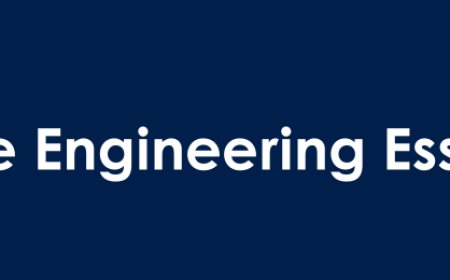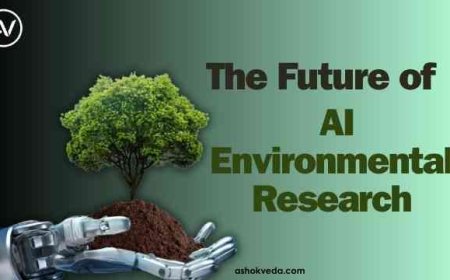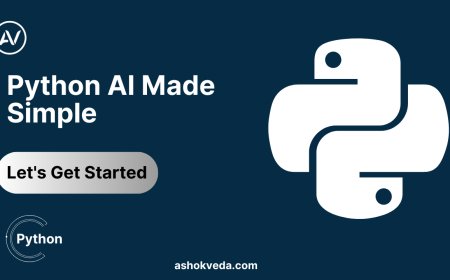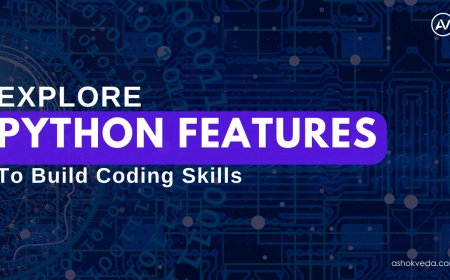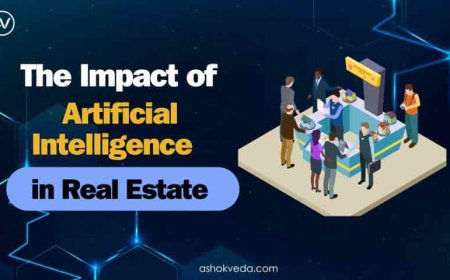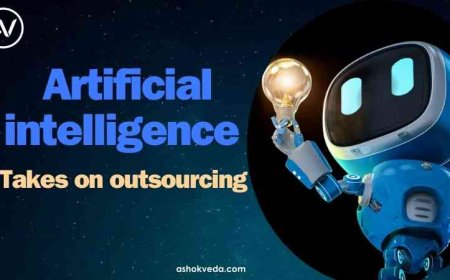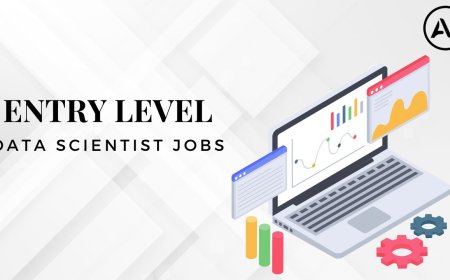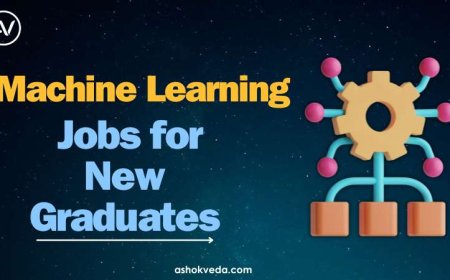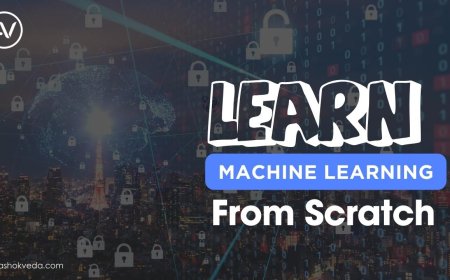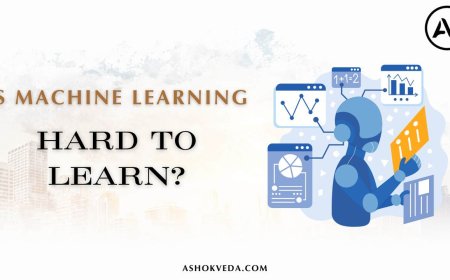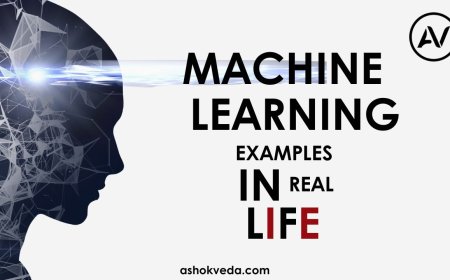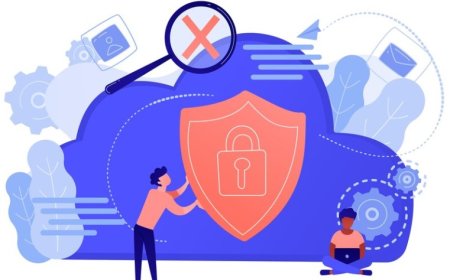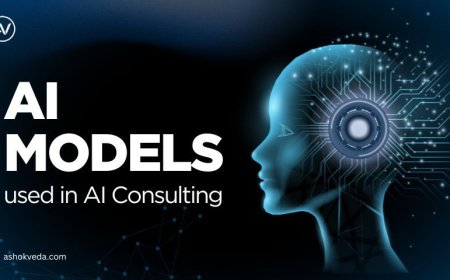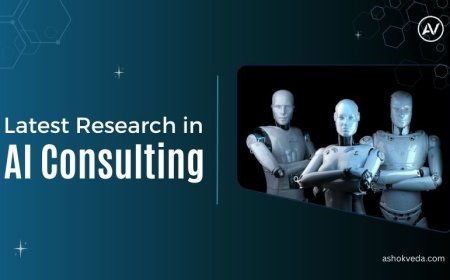Your Guide to FAQs About AI Consulting and Implementation
Explore the top FAQs about AI Consulting in 2025. Learn about strategies, vendor selection, pricing, governance, and best practices for AI adoption.
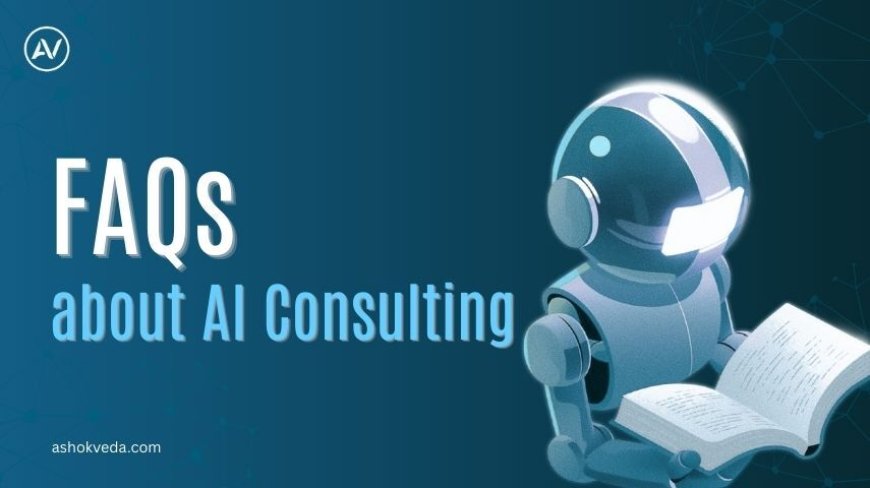
As of 2025, artificial intelligence (AI) has become a transformative force across industries. Research indicates that more than 85% of enterprises globally are leveraging AI in some form — from automating routine tasks to enhancing customer experiences and driving strategic decision-making. Despite the rapid adoption, many organisations face uncertainty when it comes to planning, implementing, and managing AI initiatives effectively.
AI consulting has emerged as a critical resource for businesses looking to navigate this complex landscape. These services provide expertise in strategy, data readiness, model deployment, governance, and operational integration. Understanding the FAQs about AI Consulting can help organisations make informed decisions, optimise investment, and ensure AI projects deliver measurable business value. This guide covers the most commonly asked questions, offering clarity for executives, managers, and technical teams exploring AI solutions.
Why this matters in 2025: a quick snapshot of the Industry
-
AI consulting demand is surging as organizations transition from pilots to production systems, many of which incorporate generative AI and agent-based workflows.
-
Multiple market analyses project the AI consulting services market to be in the low-to-double-digit billions by 2025, with high CAGR forecasts through the 2030s as companies scale their enterprise AI initiatives. Estimates vary by scope and methodology, but the direction is clear: fast growth.
-
Surveys show a very high share of companies claim some AI adoption, meaning consultants are increasingly engaged in change management, governance, and integration, not just model building.
Top FAQs about AI Consulting
Below are the most common and consequential questions organizations ask when evaluating AI consulting services, with clear, practical answers and action points.
1. What exactly do AI consultants do?
AI consultants help organizations translate business problems into AI-enabled solutions. That work typically spans strategy (use-case prioritization), data readiness assessments, model selection and development, MLOps/productionalisation, governance and compliance, vendor selection (cloud, model providers), and change management (training, process redesign). Good AI consulting blends technical skills (ML, data engineering, MLOps) with business strategy and operational change capabilities.
Action: Ask prospective vendors for examples of the exact activities they performed (not just “we built an NLP model”) and who on their team (data engineers, ML engineers, product owners, change leads) will execute them.
2. When should we hire an AI consultant vs build in-house?
Hire a consultant when you need speed, specialised expertise, or an outside perspective: e.g., for rapid prototyping, vendor selection, governance design, or orchestration across multiple teams. Build in-house when you’re ready to maintain models long-term, have strong data engineering capabilities, and can invest in recruiting and retention. Many organisations use a hybrid model: consultants to jump-start programs and transfer processes to an internal team over time.
Action: Create a 12–18 month roadmap outlining the phases where external expertise is required (strategy, POC, deployment) and when capabilities will be internalised.
3. How do AI consultants price projects?
Pricing models vary: fixed-fee for well-scoped projects, time-and-materials for exploratory work, milestone-based payments tied to deliverables, or outcome-based contracts (less common but increasing). For enterprise engagements, you’ll also see retainer/managed services models for ongoing MLOps and model monitoring. Expect higher rates for niche expertise (e.g., LLM fine-tuning for regulated sectors) and lower per-hour costs from offshore teams — but always weigh cost vs demonstrated delivery risk.
Action: For proof-of-value projects, negotiate milestones and acceptance criteria. For long-term needs, consider a blended model: initial fixed-fee pilot, followed by retainer-based managed services.
4. What’s a realistic timeline to go from idea to production?
Timelines depend heavily on data maturity and organisational readiness. A focused proof-of-concept (PoC) can run 6–12 weeks if the data is clean and available. Productionising a robust, compliant system typically takes 3–9 months, and enterprise-scale rollouts (multiple models, integrations, governance) can take a year or more. Complexity doubles if you’re modernizing legacy systems or need strict regulatory compliance.
Action: Evaluate your “data gravity” (where data lives), latency needs, and integration points to create realistic schedules. Include buffer for governance, security reviews, and user training.
5. What should we expect in an AI consulting proposal?
A strong proposal includes: business objectives and KPIs, scope (deliverables and exclusions), technical approach (data, models, infra), team composition and CVs, timeline with milestones, risk register, success criteria, pricing structure, and knowledge-transfer plan. Beware proposals heavy on buzzwords and light on measurable deliverables.
Action: Score proposals on clarity of deliverables, measurability of outcomes, and the vendor’s plans for transfer of skills to your team.
6. What KPIs should we use to measure success?
Measure both business and technical KPIs. Business KPIs tie to the outcome you want — e.g., conversion lift, time savings, reduced operational cost, and error rate reduction. Technical KPIs include model accuracy, latency, uptime, and data pipeline reliability. Don’t forget adoption metrics: percentage of users using the AI enhancement, task completion rates, and qualitative user satisfaction.
Action: Define 3–5 primary KPIs before the project starts and align incentives to them.
7. How do we choose the right vendor?
Look beyond logos and marketing. Evaluate vendors for: domain experience in your sector, technical depth (data engineering + MLOps), evidence of secure and compliant delivery, ability to integrate with your tech stack, and cultural fit (communication, decision-making speed). References matter — ask for contacts from clients with similar scale and use cases. Also, verify the vendor’s partnerships with cloud providers or model vendors.
Action: Include an evaluation matrix covering expertise, delivery approach, security, price, and references to compare vendors objectively.
8. What are typical pitfalls in AI consulting projects?
Common pitfalls include: poor data quality or lack of access, unclear or shifting business requirements, underestimating production complexity, ignoring governance, and insufficient user adoption planning. Many projects fail not because the model is bad, but because the organisation can’t operationalise results.
Action: Invest in data discovery and governance early, and run a pilot that includes real users to validate adoption assumptions.
9. How is risk and compliance handled?
AI consultants should help design governance frameworks: data lineage, access controls, model documentation (including explainability and bias testing), and monitoring plans. Regulated industries (finance, healthcare) need extra controls: model risk management, audit trails, and regulatory reporting. Consultants also advise on contractual protections and data residency requirements.
Action: Require a Governance and Compliance appendix in the contract that details auditing, logging, and reporting mechanisms.
10. How do consultants handle data security and privacy?
Top-tier vendors implement strict access controls, encryption in transit and at rest, role-based access, and secure development lifecycles. For sensitive data, consider synthetic data or federated learning approaches. Check the vendor’s SOC2 / ISO 27001 or equivalent certifications and their incident response plans.
Action: Ask for a security whitepaper and evidence of third-party audits or certifications.
11. What technologies and tools do AI consultants typically use?
Consultants use a mix of open-source frameworks (PyTorch, TensorFlow, Hugging Face), cloud ML platforms (AWS SageMaker, GCP Vertex AI, Azure ML), data platforms (Databricks, Snowflake), and MLOps tooling (MLflow, Kubeflow). For LLM projects, integrations with providers (OpenAI, Anthropic, Azure OpenAI) or private LLM hosting are common. The specific stack depends on performance, cost, and compliance needs.
Action: Demand a clear architecture diagram showing how models, data, and infra integrate with your systems.
12. What’s the role of change management?
Very large. Successful AI adoption often requires process redesign, new roles (MLops engineer, model owner), and training for end-users. Consultants should deliver user training, playbooks, and adoption roadmaps. Neglecting change management is a prime reason technical solutions underperform in production.
Action: Include change management milestones (training sessions, adoption targets) in the project scope.
13. Can small and mid-sized companies benefit, or is AI consulting only for enterprises?
SMBs can absolutely benefit. There are now scaled packages and pre-built vertical models that lower cost and time-to-value. The key is selecting use cases with clear ROI and ensuring data and process readiness. Many consultants offer modular engagements tailored to SMB budgets.
Action: Look for vendors that offer modular pilots and transparent cost structures appropriate to your size.
14. What about vendor lock-in and intellectual property?
Clarify IP ownership in the contract: who owns trained models, code, and derivative data? Also consider operational lock-in: models tied to a specific cloud or proprietary infra can be harder to move. Negotiate exportability clauses and open standards where possible.
Action: Ensure deliverables include exported artifacts (models, code, container images) and documented processes for on-prem or multi-cloud portability where needed.
15. How much should we budget?
Budgeting depends on scope: a small, tightly scoped pilot may cost tens of thousands of dollars; mid-scale production engagements can range from hundreds of thousands to millions. Ongoing managed services for MLOps and monitoring add recurring costs. Market pricing is also influenced by geographic location and the vendor’s expertise level.
Action: Create a business case tying budget to expected benefit and use a phased approach (pilot → scale) to control spend.
16. What contract or governance clauses are important?
Include clear acceptance criteria, KPIs, SLAs for uptime and response, IP terms, data security obligations, audit rights, and an exit/transition plan. For high-stakes projects, include penalty provisions for missed milestones and provisions for external audits.
Action: Have legal and procurement teams review AI-specific clauses with a focus on IP, data, security, and auditability.
17. How do we ensure ongoing model health?
Plan for continuous monitoring (performance drift, data drift), retraining pipelines, and alerting. Implement feature stores and version control for data and models. Many consultants will hand over MLOps pipelines or offer to run them as a managed service.
Action: Define monitoring thresholds and a remediation playbook as part of delivery.
18. How do consultants help with LLMs and generative AI projects?
Consultants help identify safe, high-value generative AI use-cases (summarisation, drafting, retrieval-augmented generation), fine-tune or prompt-engineer models, integrate guardrails (filtering, rate limits, human-in-the-loop), and design provenance and citation systems to reduce hallucination risk.
Action: Ask for details on hallucination mitigation, prompt versioning, and human review flows.
19. What are realistic ROI expectations?
ROI varies by use case. Automation projects delivering time savings or error reduction often show quicker ROI. Revenue-driving projects require careful funnel measurement. Consultancies should model expected ROI scenarios and run small tests to validate assumptions before scaling.
Action: Require a simple financial model as part of the proposal showing best/likely/worst-case ROI scenarios.
20. How do we start — a short checklist?
-
Define the top 2–3 business problems you want to solve.
-
Assess data readiness (availability, quality, privacy constraints).
-
Decide build vs buy vs partner (consultant).
-
Scope a short pilot with measurable KPIs.
-
Include governance, security, and change management from day one.
-
Choose vendors using an objective evaluation matrix and reference checks.
Action: Start with a 6–8 week discovery + pilot that gives you a go/no-go decision within clear KPIs.
AI consulting in 2025 is essential for organisations aiming to harness the full potential of artificial intelligence. By understanding key considerations, such as strategy, vendor selection, governance, data readiness, and ROI—businesses can make informed decisions and minimise risks. Addressing the most common FAQs about AI Consulting helps leaders navigate complex AI initiatives efficiently, ensuring measurable value. With careful planning, the right expertise, and a structured approach, organisations can successfully implement AI and drive sustainable growth.
